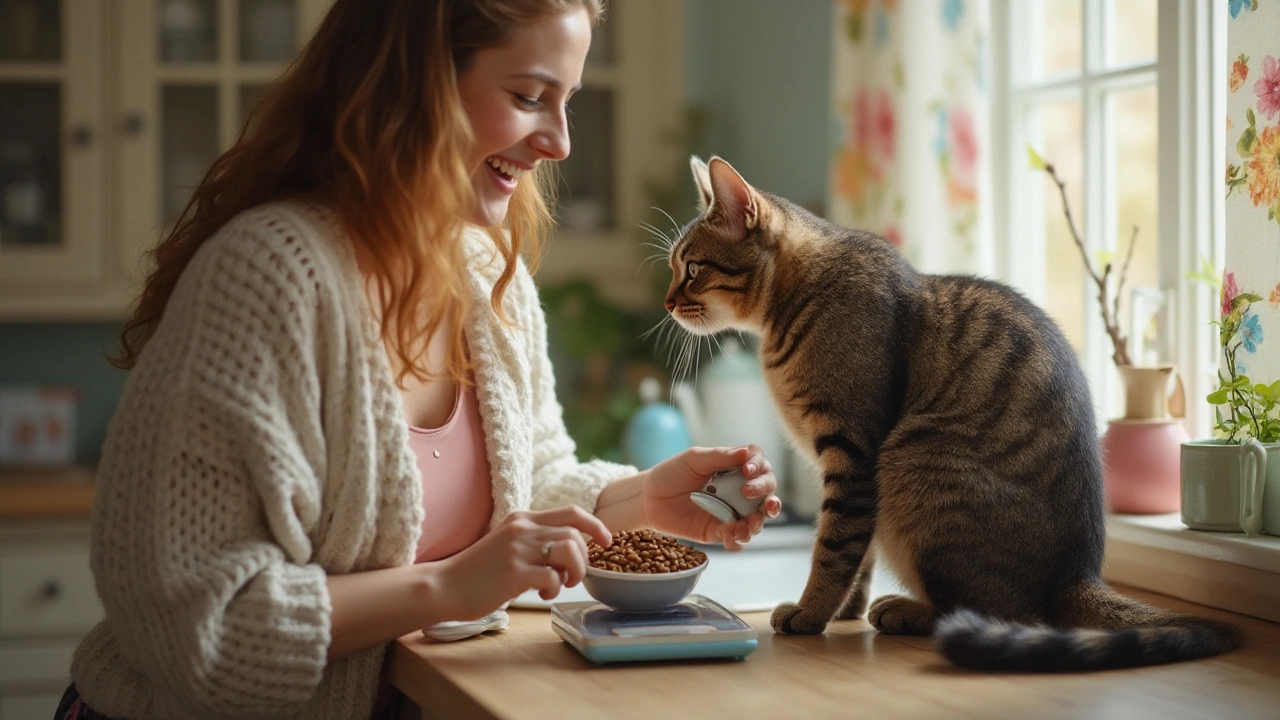Wet Food for Dogs: What You Need to Know
Did you know many vets recommend adding wet food to a dog’s diet for extra moisture and flavor? It’s not just a tasty treat – it can help with hydration, joint health, and overall enjoyment of meals. Below you’ll find the real reasons wet food works, how to choose a quality product, and simple ways to serve it without making a mess.
Why Wet Food Can Be a Good Choice
First off, wet food has a high moisture content, usually around 70‑80%. That extra water can keep dogs who don’t drink enough from getting dehydrated, especially in hot weather or for senior pups with kidney concerns. The soft texture also makes it easier for dogs with dental issues or missing teeth to chew and swallow.
Second, wet food often packs more protein per bite than dry kibble. Many premium brands use real meat as the first ingredient, which means a richer amino acid profile for muscle maintenance. If your dog is active, pregnant, or recovering from surgery, that protein boost can be valuable.
Third, the aroma of wet food is hard to ignore. A strong scent can stimulate a picky eater’s appetite, turning mealtime into a stress‑free experience. This is especially handy for dogs that have lost interest in their usual kibble.
How to Choose and Serve Wet Food
Start by checking the ingredient list. Look for real animal protein (like chicken, beef, or salmon) as the first item and avoid fillers such as corn, wheat, or soy. A short list of recognizable ingredients usually means fewer artificial additives.
Next, consider the calorie count. Wet food is dense, so you may need to adjust the portion size to keep your dog’s weight in check. Use the feeding guidelines on the packaging as a baseline, then fine‑tune based on your dog’s activity level and body condition.
When you’re ready to serve, pour the desired amount into a clean bowl and let it sit for a minute. This helps the food warm up slightly, enhancing the smell and making it more appetizing. If you’re mixing wet and dry food, start with a 25% wet to 75% dry ratio and adjust as needed.
Store any leftover wet food in an airtight container in the fridge and use it within 24‑48 hours. A quick stir before serving will bring back the fresh texture. If the food looks or smells off, discard it – safety first.
Finally, rotate flavors every few weeks. Changing the protein source keeps your dog excited and reduces the chance of boredom or nutrient gaps. Keep a log of the brands and flavors you try so you can spot any sensitivities early.
Wet food isn’t a magic cure, but when paired with a balanced diet, it can add moisture, flavor, and nutrition that many dogs love. Whether you’re feeding a senior companion, a high‑energy jumper, or a picky eater, the right wet food can make a noticeable difference in health and happiness.

Optimal Wet Cat Food Portions: Daily Guidelines for Healthy Cats
Feeding your cat the right amount of wet food is crucial for their health and happiness. Determining the appropriate portion size involves considering your cat's age, size, and activity level. This article explores expert recommendations, examines the benefits of wet food, and offers practical tips for measuring portions effectively. By understanding your feline friend's dietary needs, you can ensure a balanced meal plan that supports their well-being.
View more